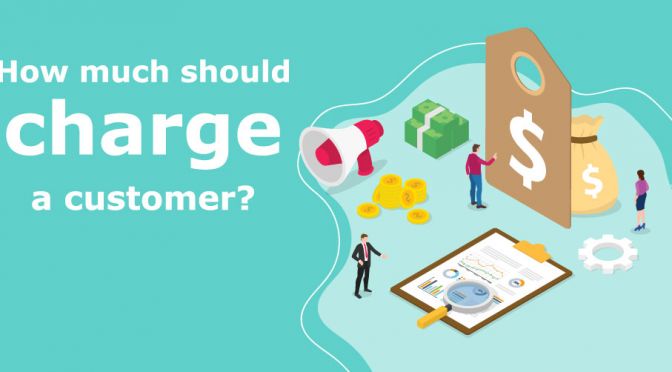Choosing the best pricing strategy is a critical factor in retail because everybody wants to maximize the difference between a product’s value and what they pay for it. This is more true especially in the ecommerce world where customers can easily compare prices.
Today I am going to be delving into another area of ecommerce, the product pricing. The question we are going to be dealing with is, how are you going to price your products? Or, what standard do you use to price your product? Is there a better pricing strategy that you can use to give your product a competitive price?
Let’s look at some of the best pricing strategies retailers use to decide the prices of their products.
5 Pricing Strategies You Can Use In Your Online Retail Business
#1. Doubling the cost paid for the product.
The retailer doubles what they paid for the product, and that’s the price they charge customers. The retailer puts a 100% markup on their products. An item that costs $10 is obviously sold for $20. Doubling the cost paid for the product, is what we call “Keystone pricing” strategy.
This gives a gross profit margin of 50%. The net profit is lower because marketing costs and other overheads is not taken into account yet. The net profit from this type of pricing strategy is acceptable. Many retailers use this pricing strategy because it is simple, it is easy to decide how much to charge.
Keystone pricing is an effective way to establish a baseline, a reasonable price point that can move up or down depending on other factors.
The downside to this pricing model are the following:
- it ignores marketing cost and overheads cost,
- removes competitor pricing totally out of the picture.
- some products won’t sell at double the amount a retailer paid, especially when alternatives are readily available.
Keystone pricing may not be the best pricing strategy but it is the simplest to implement.
#2 . Accounting for cost and overheads formula
Many retailers use a more complex method that accounts for cost, overheads, and an acceptable profit margin. If we’re happy with a 20% net profit, and we spend an average of $5 on marketing and customer acquisition for every sale, and our overheads are $2 per sale, we’d charge the following:
It’s easy when we’re making up figures, but it can be challenging for a business to itemize its costs and overheads. And, once again, this pricing model fails to account for the competitive landscape. It’s a viable model for stores that sell unique goods that aren’t available elsewhere, but if you’re in a competitive market, both of these models might leave you trailing the competition.
#3. Account for competitors price
On the web, it’s easy to compare prices, and price comparison sites are everywhere making it more and more easier to compare prices anytime. A smart merchant accounts for competitors prices when applying product pricing.
The easiest way to do this is to build a list of your competitors, track what they charge for the products you also sell, and make sure your prices are always the same or lower than theirs. Some sectors act this way, but the result is almost always a race to the bottom and razor-thin margins. Businesses that depend entirely on price competition are in a precarious position.
Accounting for competitors price is not the best pricing strategy but it is better than keystone model and accounting for the overhead and marketing cost strategy.
#4. Identifying key value items (KVIs) and product groups
Some products are more likely to figure in customer value calculations because they are more memorable or essential.
Products that attract traffic should be closely monitored. Again, these may not be your most profitable products. For instance, a widget store may make more money from widget accessories than from the widgets themselves, but it’s the widgets that drive traffic. Once they have bought a widget, customers are far more likely to buy the accessories, whether or not they are priced to undercut the competition.
After having identified the most important products in their market, retailers track the prices of those items on specific competitor’s sites and adjust their prices to match or undercut the competition. In some cases, it is worth reducing the price of KVIs beneath the level at which they generate a profit.
#5. Premium pricing
Apple is a prominent example of premium pricing. Their laptops cost more than their competitors’ for equivalent specifications, and their high price is a signal of quality. That signal is backed by Apple’s manufacturing perfectionism, but the company has margins that are higher than any other phone or computer manufacturer.
Premium pricing establishes a product as high-value in the minds of customers. It’s useful when used in concert with branding and marketing strategies that emphasize quality and luxury over cost. It can also be useful when customers struggle to attribute a real value to a product: Diamonds are worth whatever people will pay for them, regardless of whether they are intrinsically valuable.
In conclusion
The best pricing strategy takes into consideration all the factors. Not only net gain, but more importantly customer satisfaction.
Additional resource you might be interested:
6 Time-Tested Ecommerce Marketing Strategy That Works Everytime
Easy Steps to Build Your Own Business Website







